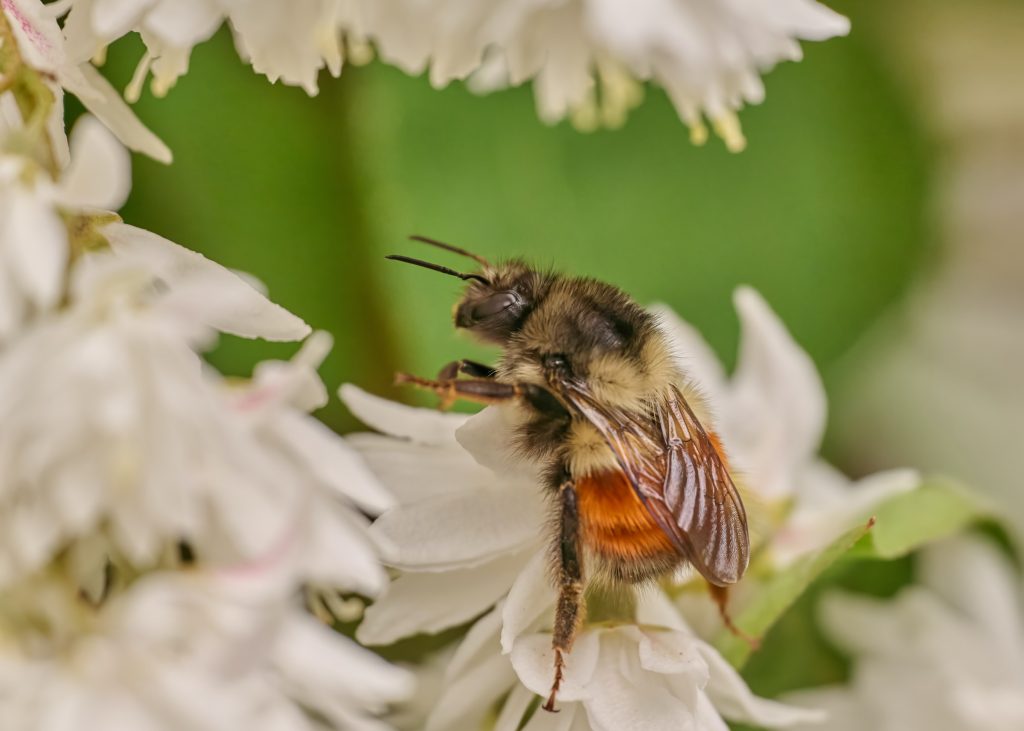Understanding The Pollinator Garden
One of the most prominent recent buzzwords in gardening is the pollinator garden. These gardens are designed to contain plants and offer enough shelter and food to animals – whether they be moths, butterflies, bats, bees, etc.

A pollinator garden is essentially made up of native plants, housing animals that pollinate them.
Over the past few years, there has been a sharp decline in the number of pollinators. This is primarily due to factors such as the use of pesticides and the loss of their natural habitats, which has affected their general population across the board. Fortunately, pollinator gardens can help to solve this. And you can easily incorporate one.
One of the most impressive aspects of pollinator gardens is that you don’t need to do much work to get them started. You can create a very small garden – literally the size of a window box. All you have to do is place it in a sunny spot and cultivate the right conditions, and you’re good to go.
Pollinator gardens are also quite prominent because they don’t cost much. You can literally start a garden with seeds you’ve saved or gotten from a reputable seller, or you could also use transplants.
If you’re starting a pollinator garden, we’d recommend using native wildflower plants like coneflowers, milkweeds, yarrow, and witch hazel – especially in the winter months. You could also add some native grasses to support and offer an additional structure to the initial flowers.

To sustain your pollinator garden, you want to start by choosing plants that can easily adapt when it comes to drought and soil. You won’t need to do much in terms of supplemental care when the garden is established – besides the regular, occasional weeding.
If you want to make your garden a success, here are a few elements you might want to incorporate:
- Only use plants that offer a source of food and shelter for young pollinators.
- Offer a reliable water source.
- Maximize sunlight
- Never use pesticides in the garden
